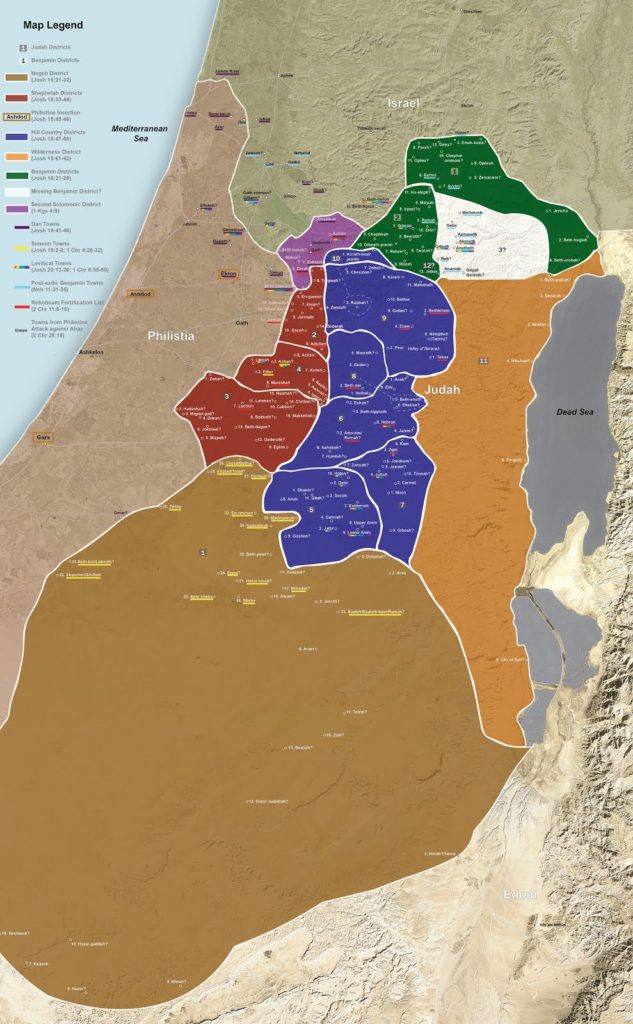In work to construct a mikveh in the Jewish Quarter of Jerusalem, archaeologists discovered a Roman bathhouse and below that a cistern connected to the aqueduct from Bethlehem.
Hundreds of Roman fresco fragments from a large building, dating to the 2nd century, have been excavated in Zippori National Park (Sepphoris).
A journalist gets a rare chance to visit Mount Ebal and its “altar.”
A site proposed as one of the Gilgals of the Bible is in danger because of the establishment of a new garbage dump.
Nadav Shragai asks why the media ignores illegal Muslim activity on the Temple Mount.
A new music video by Michael W. Smith was filmed entirely in Israel and includes some beautiful drone footage.
The Baptist News interviews a zooarchaeologist who excavated in the Philistine cemetery of Ashkelon.
A collection of Dead Sea Scroll fragments owned by the Museum of the Bible have been published in a book edited by Emanuel Tov, Kipp Davis, and Robert Duke.
It’s not just the words, but where they were spoken, argues Wayne Stiles.
Dan Warner is on the Book and the Spade this week talking about his excavation of the Canaanite water system at Gezer.
Seth Rodriquez appreciates the support he received for his trip to teach biblical backgrounds at the
Baptist Theological Seminary of Zimbabwe and he reports on his time there.
HT: Joseph Lauer, Ted Weis, Agade, Charles Savelle
Photo by Bill Schlegel

